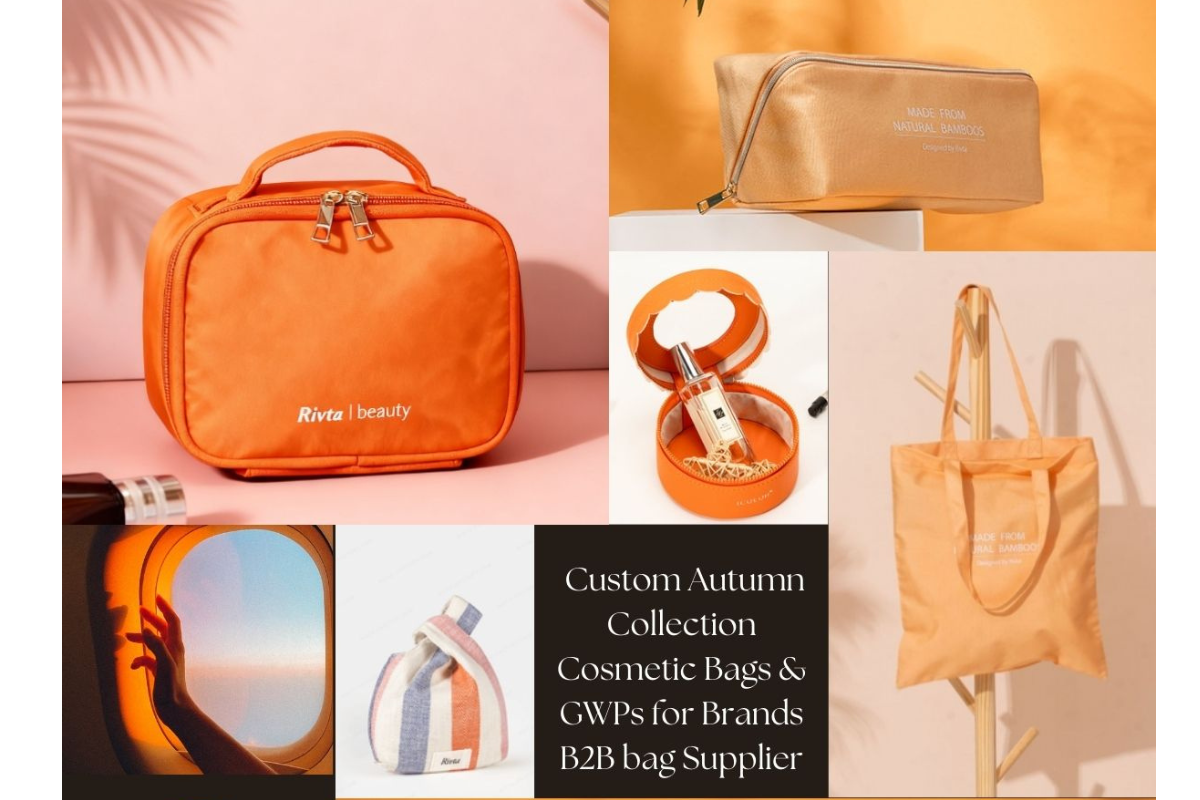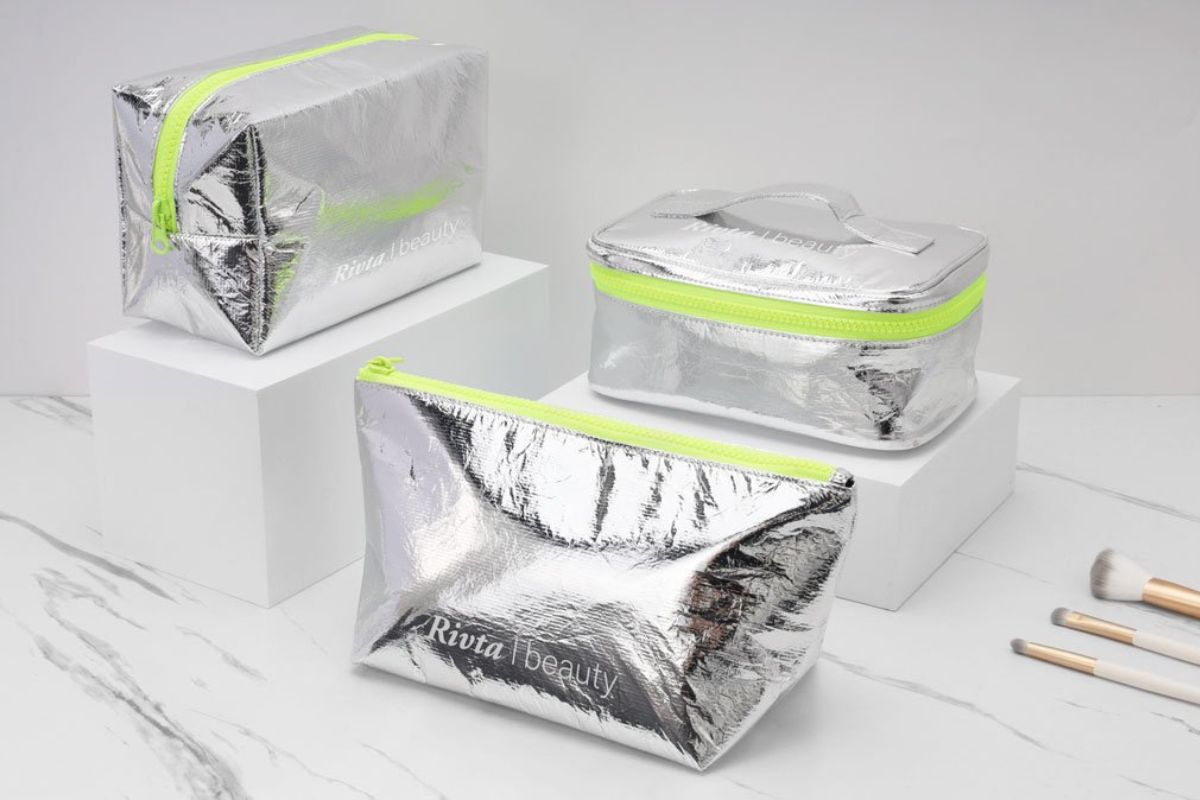Canvas vs. PU Leather vs. PVC: Which is the Best Material for Your Wholesale Makeup Bags?
Choosing the right material for your makeup bags feels overwhelming. The wrong choice can hurt your brand's image, disappoint customers, and waste your budget.
The best material depends on your goals. Canvas is natural and great for printing. PU leather offers a luxe, vegan look. PVC is durable, waterproof, and budget-friendly. Your choice balances cost, aesthetics, and sustainability.
As a product developer obsessed with the details, I know that the material is the soul of a product. It's the first thing your customer touches. When I build a product, I’m not just thinking about trends—I’m thinking about how it will feel in someone’s hand. The material choice sets the tone for everything, from price to branding. Choosing the right cosmetic bag supplier is crucial, as they guide you through these options. Let’s break down the big three—Canvas, PU, and PVC—so you can make a confident decision that aligns with your brand's vision.
How Does Cost Compare to Perceived Value for Each Material?
You need to balance your budget with your brand's image. A cheap material might save money now but could signal low quality to customers, hurting your sales.
PVC is the most budget-friendly, ideal for promotions. Canvas sits in the mid-range, offering great value and a natural feel. PU leather costs the most but provides the highest perceived value, mimicking the look of real leather.
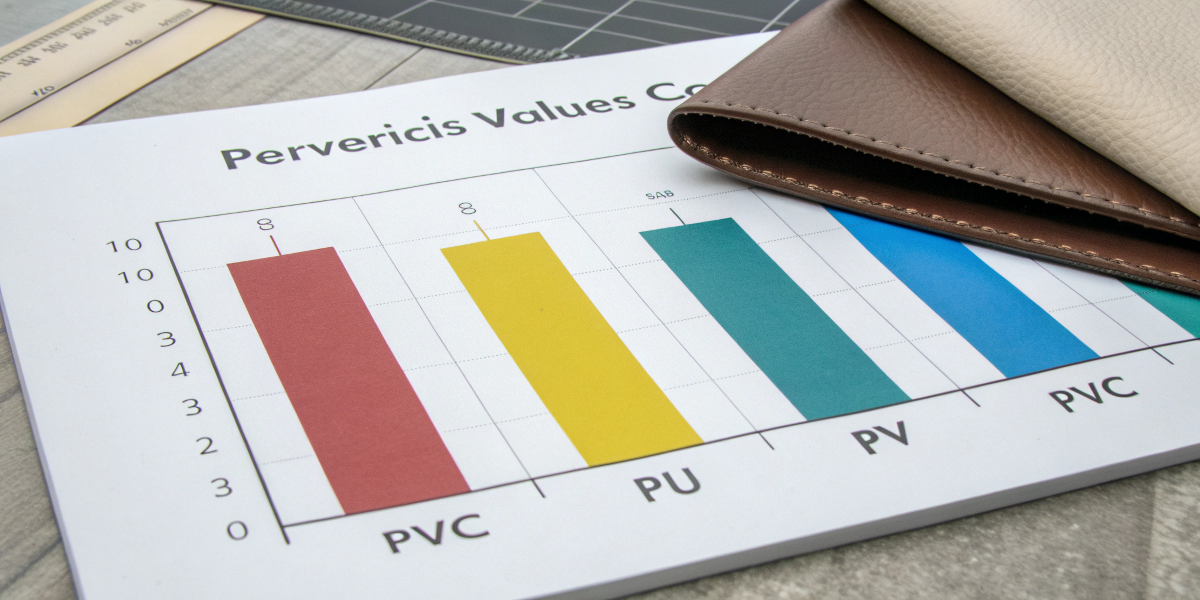
Price is always a factor, but it should not be the only one. I once worked with a startup that wanted a luxury feel but had a tight budget. They were tempted by a very cheap PVC option. As their product development partner, I guided them toward a high-quality PU leather instead. It cost about 20% more per unit, but the perceived value was double. The final product looked and felt premium, which allowed them to price it higher and build a stronger brand. They easily made back that initial investment. This proves that the right material is not about the lowest cost, but the best value for your market position. A good cosmetic bag supplier will help you analyze this trade-off.
Comparing Cost and Value
Here's a simple breakdown to guide your decision-making process.
| Material | Raw Cost | Perceived Value | Best For... |
|---|---|---|---|
| PVC (Polyvinyl Chloride) | Low | Low to Medium | Promotional giveaways, GWP (Gift with Purchase), budget-friendly lines. |
| Canvas (Cotton/Polyester) | Medium | Medium | Everyday retail, eco-conscious brands, casual and lifestyle products. |
| PU Leather (Polyurethane) | High | High | Premium retail, vegan brands, luxury GWP, creating a sophisticated look. |
Ultimately, your choice should align with your customers' expectations. If they want a deal, PVC is a fit. If they value a natural feel, choose canvas. For a touch of luxury, PU leather is the winner.
How Does Material Choice Impact Your Branding and Design?
You have a beautiful logo and brand colors to show off. But you're worried that the material you choose won't do your design justice.
Canvas is perfect for screen printing and bold graphics. PU leather is ideal for elegant, subtle branding like debossing. PVC's smooth surface is great for vibrant, full-color digital printing and allows for unique transparent designs.
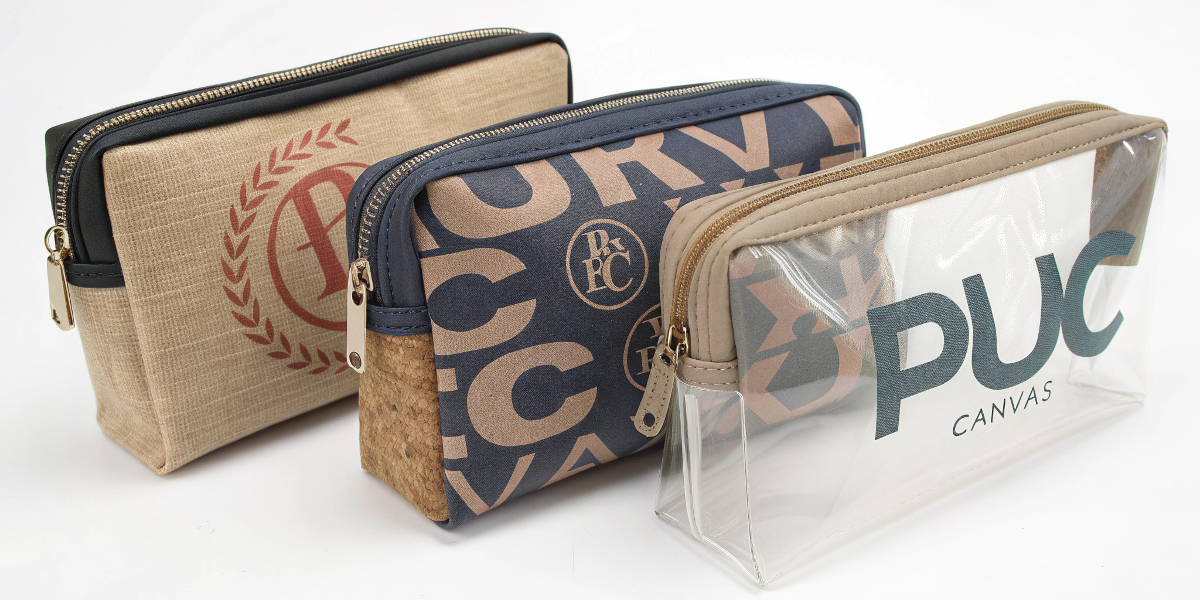
The material you choose is the canvas for your brand's story. For a project at a leading global beauty retailer, we developed a bag for a clean, minimalist skincare brand. We chose a thick cotton canvas. Instead of a loud printed logo, we used a simple, elegant embroidery. The texture of the canvas and the raised stitching created a feeling of natural quality that a smooth plastic bag never could. The material and the branding worked together to tell the same story. Not all cosmetic bag suppliers have expertise in every branding method. So, it's important to choose a partner whose capabilities match your aesthetic vision. Your material should enhance your logo, not just hold it.
Matching Your Branding to the Material
Think of each material as a different canvas with unique properties.
| Material | Best Customization Methods | Aesthetic Feel |
|---|---|---|
| Canvas | Screen printing, embroidery, digital printing. | Natural, casual, artsy, textured. |
| PU Leather | Debossing, embossing, hot foil stamping, screen printing. | Luxurious, sophisticated, smooth, classic. |
| PVC | Full-color digital printing, screen printing. Can be clear or tinted. | Modern, functional, sleek, playful. |
Your choice here directly influences your product's personality. A screen-printed canvas bag feels relaxed and perfect for a day at the beach. A debossed PU leather bag feels elegant and ready for a night out.
Which Fabric Best Withstands Daily Use and Travel?
You want to offer customers a product they can rely on. A bag that tears or stains easily will lead to unhappy customers and damage your brand's reputation for quality.
PVC is the most durable; it's waterproof, tear-resistant, and very easy to clean. Heavyweight canvas is also very strong but can absorb stains. PU leather is more delicate and can be prone to scuffs and scratches over time.
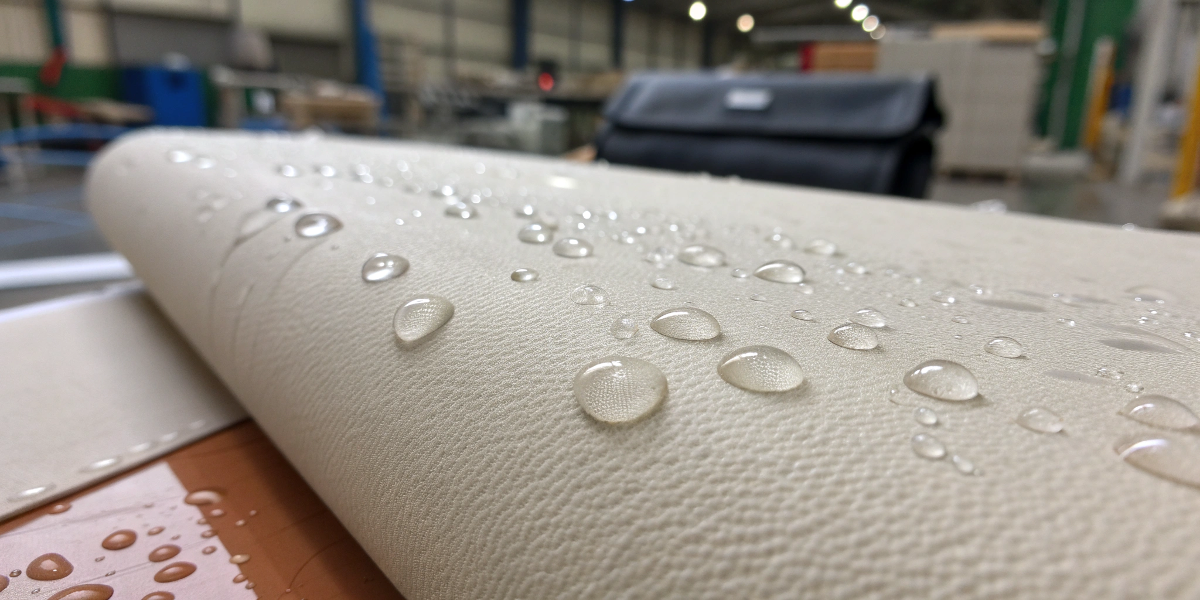
Functionality is just as important as appearance. A makeup bag has a tough job. It gets thrown into purses, packed into suitcases, and deals with inevitable spills. I always recommend PVC or a PVC-lined bag for travel-focused products because it's practically indestructible and so easy to wipe clean. You can't beat that peace of mind. For an everyday pouch, a sturdy 12oz cotton canvas is a fantastic, long-lasting option. The key is to match the material's durability to how your customer will use the bag. When you talk to a potential cosmetic bag supplier, ask them about durability testing. Thinking about your customer's real-life needs is how you create a product they will truly love and use for years.
Durability at a Glance
Consider the bag’s primary function when reviewing these properties.
| Material | Durability | Water Resistance | Care Instructions |
|---|---|---|---|
| PVC | Very High | Excellent (Waterproof) | Wipe clean with a damp cloth. |
| Canvas | High | Low (Absorbent unless treated) | Spot clean or machine wash (may shrink). |
| PU Leather | Medium | Good (Water-resistant) | Wipe clean. Avoid harsh chemicals. |
Which Material Aligns with Sustainability and Modern Trends?
Your customers are asking more questions about sustainability. You want to make an eco-friendly choice, but you're not sure which material truly fits that description.
Natural canvas, especially recycled or organic cotton, is the most sustainable option. Recycled PET (a type of polyester canvas) is another great choice. While recycled PU and PVC exist, they are still plastic-based, and virgin PVC is the least eco-friendly material.
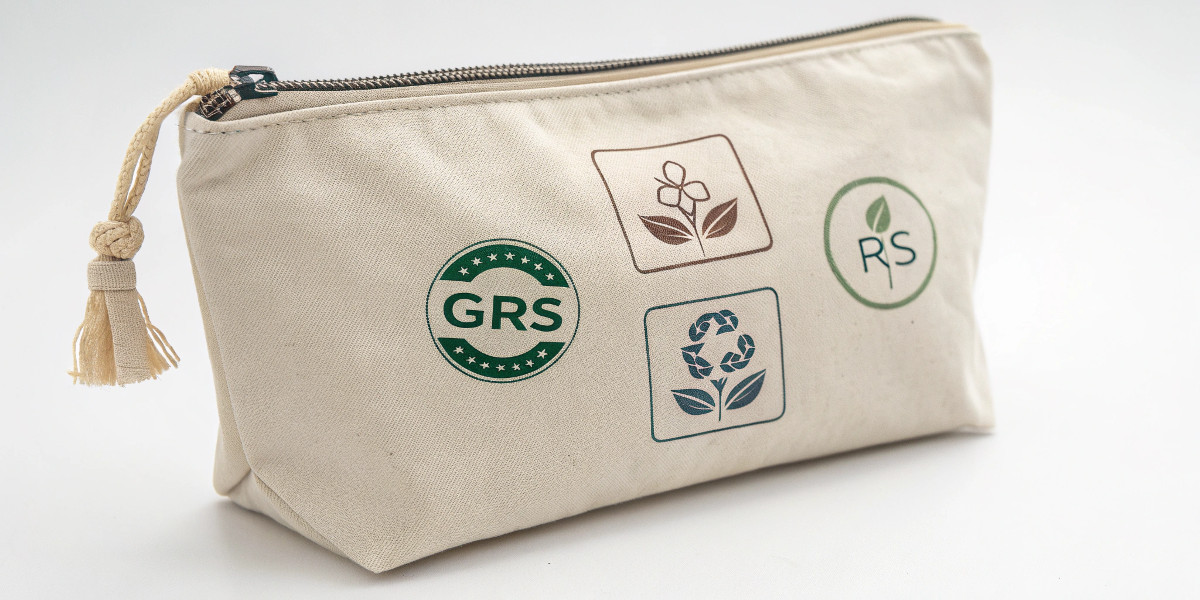
As a manufacturer with the slogan "Innovative Materials, Green Future," this is a topic we are passionate about at Rivta. The demand for sustainable products is a fundamental shift in consumer values. We recently helped a client switch from virgin polyester canvas to a GRS-certified recycled PET canvas. The customer response was overwhelmingly positive. People want to feel good about their purchases. Choosing a certified sustainable material gives your brand a powerful story to tell. When you are looking for cosmetic bag suppliers, ask them for their certifications like GRS or OCS. This connects with the modern, conscious consumer on a much deeper level.
Your Guide to Sustainable Materials
Look for these options and certifications to make a responsible choice.
| Material | Sustainability Profile | Look For... |
|---|---|---|
| Canvas | Best Choice. Natural, renewable, and biodegradable. | GRS (Global Recycled Standard) for recycled cotton/polyester. OCS (Organic Content Standard) for organic cotton. |
| PU Leather | Better Choice. Less harmful production than PVC. | Look for suppliers who can provide recycled PU options. |
| PVC | Least Preferred. Production involves toxic chemicals. Not biodegradable. | Avoid if sustainability is a key brand pillar. If necessary, ask about recycled PVC. |
Conclusion
Choosing the right material is a strategic decision. By balancing cost, branding, durability, and eco-consciousness, you can create a makeup bag that perfectly represents your brand and delights your customers.

